ANPR Cameras: all you need to know
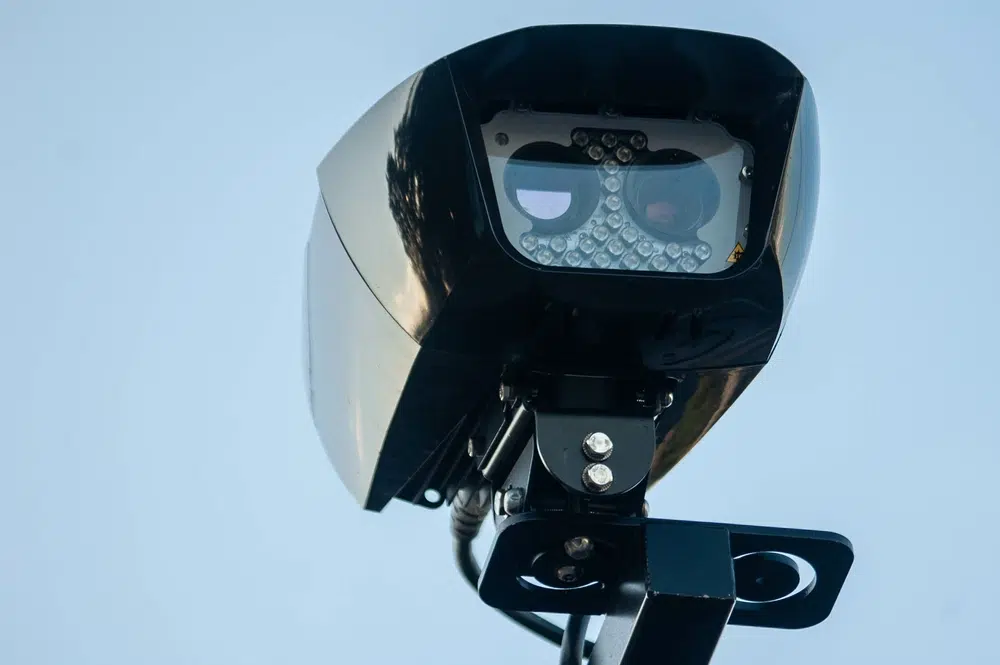
The police in the UK have stated that “ANPR has proved to be important in the detection of many offences, including locating, for example, people wanted for arrest or missing, witnesses, stolen vehicles, uninsured vehicles and uncovering cases of major crime.”
It’s clear that ANPR cameras play a significant role in modern day society, supporting local, regional and national police forces every day, but how do they work? What do they look like, and what exactly are they capable of? We’re here to answer all your questions on ANPR cameras and provide you with all the clarity you need.
What is an ANPR camera?
An ANPR camera is a device that’s capable of reading a vehicle’s number plate and linking it specific location data.
They were invented in 1976 by the Police Scientific Development Branch, and now there are over 11,00 ANPR cameras operating across the UK which together are capable of retrieving over 60 million number plate records every day.
Chief police officers at the time described the role of ANPR cameras as being “Denying criminals use of the road” and by the end of 2005 we saw the first case where ANPR was used to help solve a murder, helping to locate the convicted killers.
What do ANPR cameras look like?
The image above shows what a typical ANPR camera looks like in the UK. These are different from the standard yellow speed cameras you most likely would have seen whilst out on the roads.
Depending on where you are across the globe, ANPR cameras will likely look different, but on the whole, they’re designed to be quite hard to notice, blending into their surroundings as if they are camouflaged. The reason for this is because if these cameras were easy to spot, criminals would make efforts to avoid them and remain undetected whilst committing crimes.
It’s also important to remember that there are two different types of ANPR cameras, Highways Agency ANPR Cameras and Police Automatic Number Plate Recognition cameras. Whilst the latter are used to record and store information that can prevent criminality and distribute fines, Highways Agency ANPR cameras are more traffic enforcement cameras, used to manage traffic flows and send data to the National Traffic Operations Centre (NTOC). These are identifiable by their bright green exteriors.
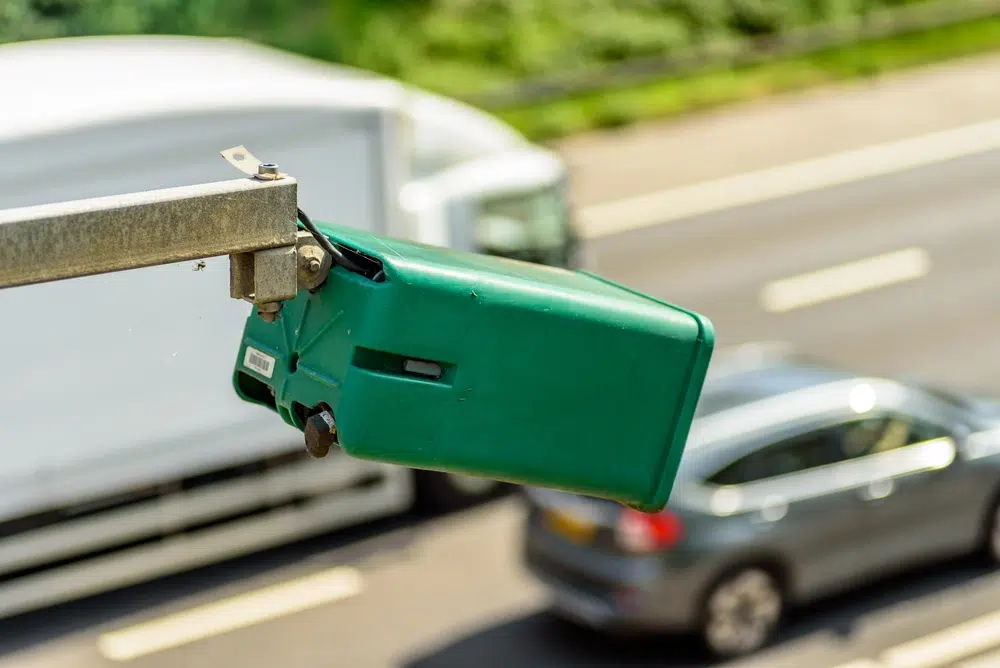 A Highway Agency ANPR camera.
A Highway Agency ANPR camera.
How do ANPR cameras work?
ANPR stands for Automatic Number Plate Recognition, meaning that this is a type of technology that uses special scanners and cameras to automatically capture vehicle number plates, without human intervention. Number plates are recognised every time a vehicle passes an ANPR camera, and the location of the vehicle is identified too. Unlike traffic enforcement cameras, ANPRs are also triggered by certain driving behaviours and particular vehicles of interest.
Once the number plate and location of a vehicle is recorded, this ANPR data, along with any other related information, footage or imagery is then provided to the relevant law enforcement agencies who will decide how best to proceed.
Where are ANPR cameras usually located?
Typically, ANPR cameras can be found on motorways, along main roads or in ANPR-assisted car parks. Some private companies may also invest in an ANPR system to protect their premises, using the camera’s technology to deny or grant vehicles access depending on their number plate.
The UK police force have stated that they cannot reveal exactly where each ANPR camera is located because they believe it would de-value the ANPR system and potentially benefit criminals.
What do ANPR cameras check?
We know that intelligent ANPR cameras primarily check vehicle number plates, especially when the vehicle is caught speeding, but other than that, what else can ANPR cameras pick up on?
Do ANPR cameras check speed?
Absolutely! ANPR cameras’ main purpose is to check how fast vehicles are travelling on roads against variable speed limits. If a vehicle is deemed to be travelling over the limit, then the police will be notified and the appropriate punishment will be applied to the offender.
DO ANPR cameras check insurance?
Police forces ARE able to use ANPR cameras to check a vehicle’s insurance status. Because of the way that ANPR cameras rapidly read vehicle number plates, authorities are able to quickly take the data that’s retrieved and check it against their vehicle database.
If a number plate matches up to a vehicle that’s uninsured, confirmed by the Motor Insurance Database (MID), the owner would be contacted and face punishment.
Do ANPR cameras check tax?
Much like how these camera’s recordings can be compared against insurance databases, they can also be compared against tax databases. Whenever an untaxed vehicle goes past an ANPR camera it should automatically confirm that the vehicle is untaxed, according to information provided by the DVLA’s tax database and notify the police immediately.
Do ANPR cameras check MOT?
Yes, ANPR cameras are capable of identifying whether a vehicle has a valid MOT certificate or not. If a recorded number plate matches a vehicle in the DVLA’s MOT database that’s hasn’t been MOT’d, the police will be notified.
Do ANPR cameras take a picture of the driver?
Yes, an ANPR camera could snap a picture of a driver in their vehicle. These cameras take photos of entire vehicles, not just their number plates.
Can ANPR cameras catch you on your phone?
Based on the premise that ANPR cameras can capture images of vehicles in their entirety, it would be fair to assume that any image would catch a driver using their phone whilst driving. Although tracking phone usage isn’t the main purpose of ANPR cameras, there’s still every chance that it could be captured and alerted to the right authorities.
There’s also believed to be new ‘ultra cameras’ being rolled out across the UK (Nov 2023) that are designed specifically to catch drivers that use their phone whilst on the roads.
What happens if you get caught by an ANPR camera?
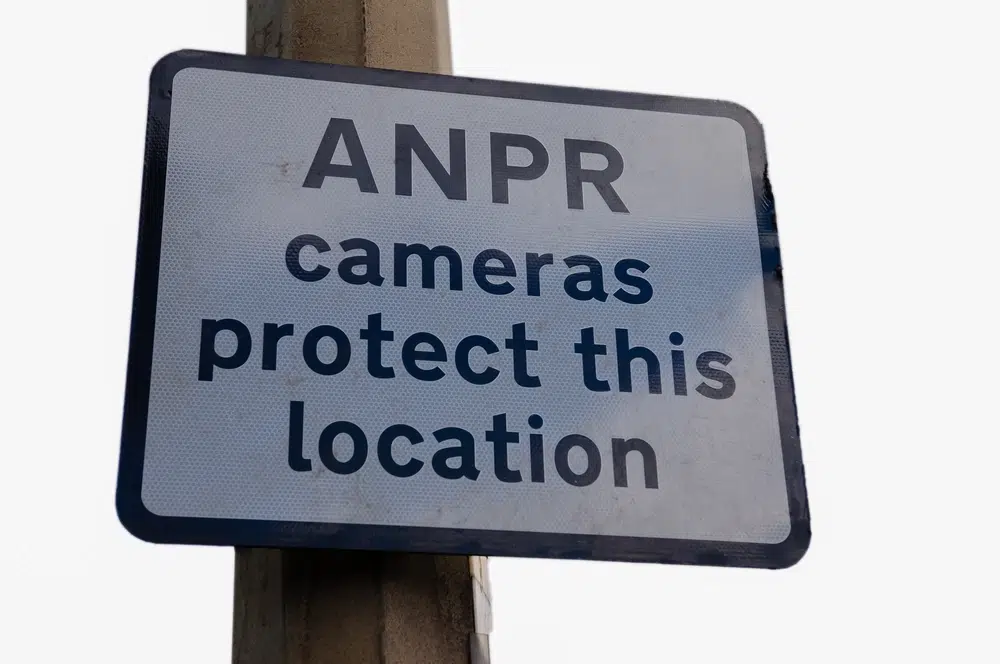
If you’re caught committing an offense by an ANPR camera, whether that’s speeding, driving without appropriate insurance, or you’re seen using your phone, the registration number of your vehicle will be immediately checked against vehicle databases and identified.
Once the vehicle is identified, the police will be notified and provided with any footage or imagery captured by ANPR cameras that could be deemed as evidence relating to an offense being committed. It is then up to the police how they deal with the offense. Police officers can locate your vehicle and stop you whilst you’re on the road and potentially make arrest you or any other occupants of the vehicle if they deem that to be necessary.
Punishments for committing offenses caught on ANPR cameras will vary depending on the nature of the crime.
Do ANPR cameras issue fines?
ANPR cameras themselves are not responsible for issuing fines, they’ll merely identify an offense and report it to the relevant authorities. Those authorities will then issue fines if they believe it’s necessary.
Again, it’s more to remember that Police Automatic Number Plate Recognition cameras will provide evidence that could result in fines, whereas the Highways Agency ANPR Cameras are just used to manage traffic flow.
How accurate are ANPR cameras?
This question is asked a lot!
According to a recent study into the reliability of automatic number plate recognition, in real-life scenarios, ANPR cameras were found to be operating at accuracy rates ranging from 90 to 98 per cent.
How accurate an ANPR camera is can depend on:
The image quality on the camera
How clean a vehicle number plate is
Where the number plate is positioned or angled on the vehicle
How fast the vehicle is travelled
Environmental conditions
The distance the vehicle is away from the camera
Ultimately, each ANPR camera will be different in terms of how accurate it is, wherever they’re located, but what we can say is that a 90% accuracy is certainly not to be reckoned with.
Summary
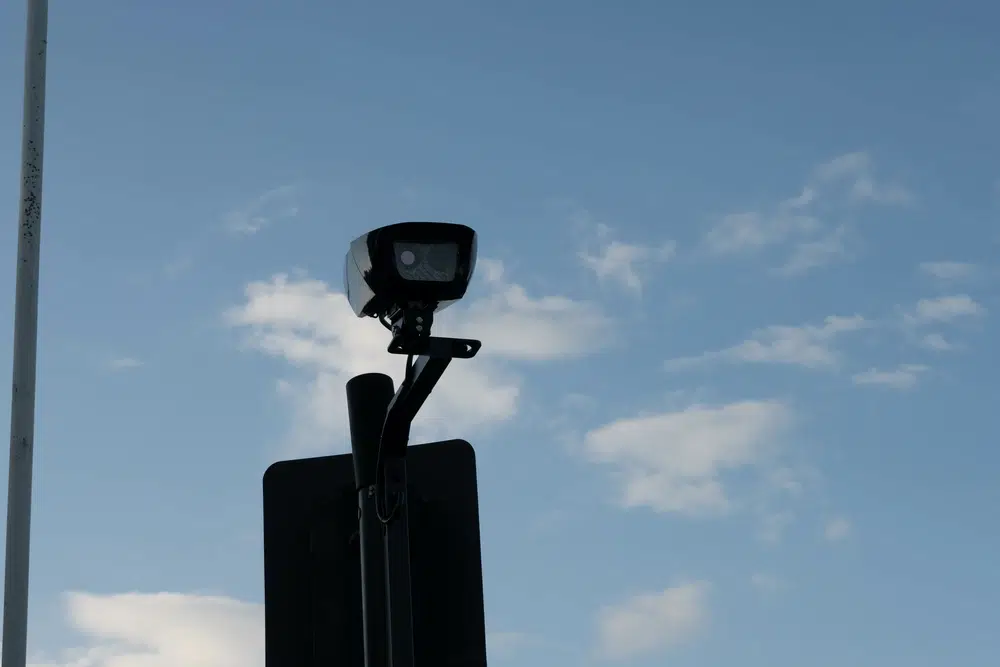
We now know that ANPR cameras have many purposes and do more than just read number plates and check the speeds of vehicles on the roads.
ANPR technology has developed greatly in recent years, now capable of detecting uninsured and untaxed vehicles, generating timed photographs, and clear images cross referencing data with the relevant law enforcement databases and ultimately identifying a wide range of criminal activity. ANPR systems are not only used on ordinary roads and motorways either, as can also be found across smart cities, in private car parks and within business premises across the UK.
ANPR cameras are also thought to be at least 90% accurate and for criminals that are caught committing a vehicle or road-related offense, this technology is more than capable of providing the relevant authorities with a wide range of evidence that could result in a fine, points on licences, or even arrests.
ANPR camera FAQs
Do ANPR cameras work at night?
Thanks to infrared light that’s embedded into their technology ANPR cameras are able to operate at night just as well as they do during the daytime. ANPR cameras fight crime day and night!
Can ANPR cameras record video?
Yes, ANPR cameras can record video. Local authorities and police forces rely on ANPR high-quality footage when investigating crimes committed on the roads. In fact, any time you pass a ANPR camera in your vehicle it is likely that you will have been recorded.
Do ANPR cameras flash?
Yes, ANPR cameras will flash if they catch you speeding. These cameras have IR illuminators within them which are made up of LED’s that enable the camera to flash and take a photo of you in your vehicle.
How many ANPR cameras are there in the UK?
There are over 11,000 ANPR cameras operating across the UK, which collectively read around 60 million number plates daily.
Are ANPR cameras always on?
ANPR cameras operate 24/7 all year round, because they need to. Speeding or other road related crimes can happen at any moment and ANPR cameras need to be ready and waiting to record.
Can ANPR cameras read 4D plates?
There’s a myth that 4D number plates can avoid ANPR camera detection, but this isn’t true. Instead, ANPR cameras are in fact designed to read any number plate that is 100% road-legal, and this includes any 4D or 3D number plates that meet road requirements.
Do all police vehicles have ANPR cameras?
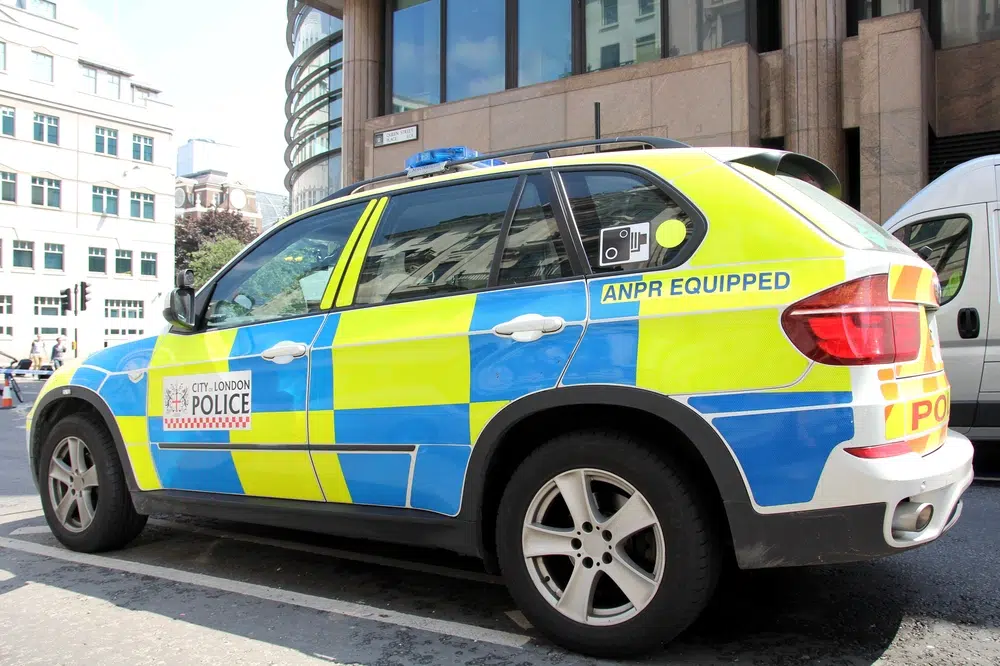
No, not every police vehicle is equipped with an ANPR camera, but many are. The exact number of police vehicles with ANPR cameras isn’t clear, and it’s likely to remain that way as the police won’t want to the public to know how likely they are to encounter an ANPR camera.
Many police vehicles with automatic number plate recognition will sit in fixed locations and monitor the speeds of vehicles driving past them.
Are you looking for a tailorable personal car insurance policy? Or a motor trade insurance policy that can protect your business? Look no further than Howden.







